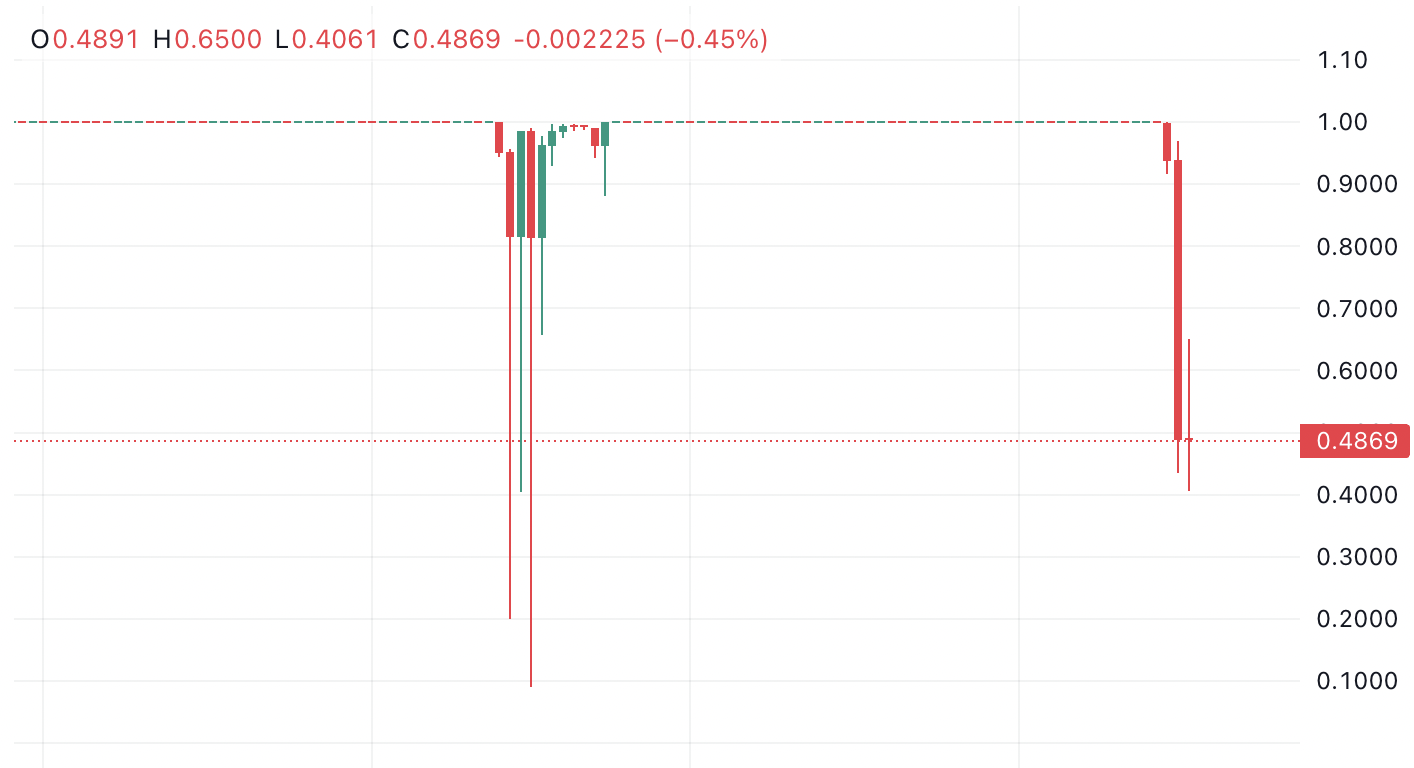Altcoin that was originally a stablecoin lick (YU) dropped by 52.9 percent in the last 24 hours to $0.44. CoinMarketCap According to the data, the market value of the altcoin decreased to 39.6 million dollars, while the transaction volume decreased by 98.7 percent to 11,600 dollars. Although the stablecoin showed a short-term recovery after losing its dollar peg in the early morning hours, it could not maintain its stability by falling back to $ 0.42. The YAM team had previously warned of liquidity pressure due to bridge vulnerabilities and unusual borrowing activities. Yala was backed by leading funds such as Polychain, Amber and Galaxy.
Sudden Loss of Dollar Constant Shocked the Balances
of Yala dollar constantThe loss of the company created a new shock in the decentralized finance ecosystem. The dollar peg loss process first started between 04.15 and 05.00 in the morning, and despite short-term recovery efforts, the price dropped to the level of 0.42 dollars again. The sharp decline in transaction volume revealed that investor confidence was rapidly weakening and panic sales were triggered in the market.

market experts stablecoinHe emphasizes that one of the weakest links in the trust chain of s is liquidity management. Bridges and borrowing mechanisms play a critical role in maintaining price stability, especially in projects with algorithmic or multiple collateral models. The loss experienced by Yala also increased the risk perception towards other altcoins operating with similar models.
Liquidity problems were not limited to price alone. Spreads also increased in transaction parities on central exchanges. While this reduces arbitrage opportunities in the short term, it YU coinIt showed that the market depth of ‘s market depth has weakened.
YAM Team Warned
In its recently published notification, the YAM team stated that bridge vulnerabilities and unexpected borrowing behavior increased the pressure on the system. The statement is seen as an early signal that a possible technical glitch could threaten price stability. However, Yala’s failure to rebalance despite the warning deepened doubts about the underlying collateral model.
The strong investor support behind the project was initially seen as an element of confidence. However, the recent decline showed that the presence of large funds was not enough to protect the project from sudden market shocks. Analysts emphasize that investors now pay attention to management transparency as well as the quality of collateral.







